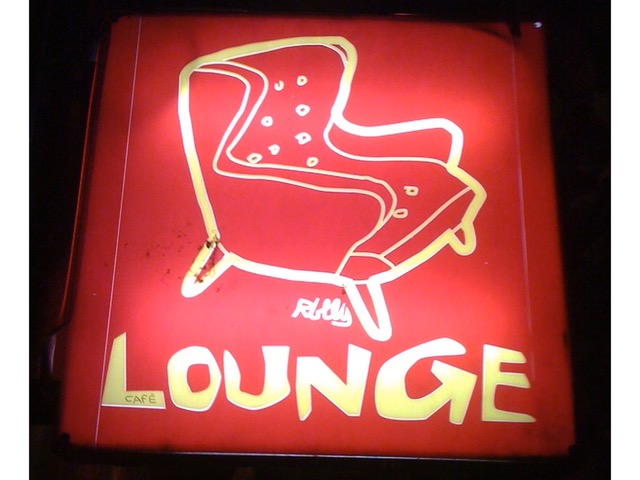“These are my principles. If you don’t like them, I have others.” Marx, Groucho not Karl.
The stars come out for NatHERS

The most recent upgrade to the NCC / BCA included requirements for houses and apartments to meet higher thermal comfort standards in NatHERS. NSW, ACT, Tassie and the NT brought it in last year. Queensland and Victoria only started yesterday (May 1) despite the latter promising it in 2022. SA and WA will adopt it sometime later (news travels slowly going west).
But is it a good idea? For two reasons, I say no.
Firstly, NatHERS is highly problematical. Based on a computer program, originally an aid to designers to understand thermal comfort, it was ill-suited to be a regulatory tool. As an insider to the workings I have written extensively of its failings. Its dodgy assumptions are only magnified as the stars increase.
My advice is to abandon stars altogether; better to mandate high insulation standards for all building elements: floor, walls, roofs, air tightness and fenestration, with particular restrictions on the last point. Standards that would achieve seven stars, without the cost of computer analysis that only adds extra costs to a DA.
Secondly, the stars themselves are a problem. 7 out of 10 doesn't sound much (only a credit at uni), but it does demand high standards (as it should). But it is close to the limit. However, the temptation is to keep going. An extra star added every time the NCC is updated, ending at 10 stars at the end of this decade. Let’s do better the politicians say. What does an affordable 10-star house look like?
A giant Esky with tiny windows. It's achievable, but at such an extreme that the house or apartment would be horrible to live in. Meanwhile we’ve done nothing to improve the remaining 90% of thermally rotten homes.
Council goes hysterical hypocritical hyperbole

In a bizarre move last weekend, Ku-ring-gai Council placed a full-page advertisement in the Sydney Morning Herald, accusing the State Government of failing on infrastructure whilst it’s demanding more housing. Extraordinary in its hypocrisy.
For those outside Sydney, a quick update on the ‘leafy North Shore’, as its bankers and stockbrokers like to call it. It’s about ten suburbs stretched along a major six lane highway, as it snakes north in parallel with a heavy train line that services each with a station. Very wealthy, very low-density suburbs of large free-standing homes. It has more white-privilege private schools than any other LGA.
To suggest it lacks infrastructure is laughable. To suggest it has anything to add to the debate on affordable housing is hysterical hyperbole.
Council considers the whole area to be so precious it’s a no-go area for medium density housing (but shows residents high rise examples). Yet it's ripe for TOD or transport-oriented development and already many low-rise apartment buildings have been successfully built along the highway. Time to take back the well-watered playing fields of entitled boys right beside Warrawee station for some affordable low-rise apartments.
Locals believe that this housing, and the suggested increases, have been imposed on them, without realising developers are making a killing providing apartments for the locals to ‘age in place’, or at least ‘age in suburb’. Although, why anyone would want to live amongst those selfish toffs is beyond my understanding.
Gobbledygook

In an occasional new segment, I bring you the incomprehensibility that infects some architectural writing. It’s unfathomable to me why we should be afflicted with this nonsense in the post-post-modern era. Here's a blurb from the back of a book, (it’s not even the text).
“… this period focused on the autonomy of architecture as a correction to the social orientation of the 1960s. Yet, these two architects pioneered a more situated autonomy, initiating an intellectual discourse on architecture that was inherently design-based. Their work provides room for interpreting social conditions and disciplinary formal developments, thus constructing a `plausible' relationship between the two that allows the life within to flourish and adapt. In doing so, they provide a foundation for recalibrating architecture today.”
I think what they're trying to say is that the two architects ignored the issues of program and content of the past, in favor of imaginative form making (architectural autonomy?). Form without content. More Francis D.K. Ching. Just what we didn’t need.
But I could be wrong. English is only my first language
Bookends

Two odd book reviews of two odd books . The DK book is superficial beyond belief, for a publisher that often gets it right. Too little of any consequence about too much ground to cover. Not having a single Australian architect, or building (except you know what), doesn’t suggest sales will be big round here.
I’m reliably informed by two professors of architectural history in Melbourne that my love of the Bannister Fletcher tome is misguided. Apparently the aware architectural aesthetes have moved on. An understanding of the Baroque through a study of the plan and section of Borromini’s San Carlo alle Quatro Fontane is so yesterday, or rather so very yesteryear, 1634-41 to be exact.
Signs Off

Ah, Surry Hills, where words and pictures part ways. On Pelican Street, I delighted in Pelican Café, with a sign featuring a flamingo. Alas no more. Or Cafe Lounge on Goulburn, with a picture of a chair. Also gone, but it did last 20 years, so it wasn’t the faulty sign that did it in (more likely Covid).
Next week
Tone on Tuesday looks at what might save suburbia.
Design Notes is researched and written by Tone Wheeler, architect /Adjunct Prof UNSW /President AAA. The views expressed are his. Past Design Notes and Tone on Tuesday columns can be found here. You can contact TW at [email protected].

